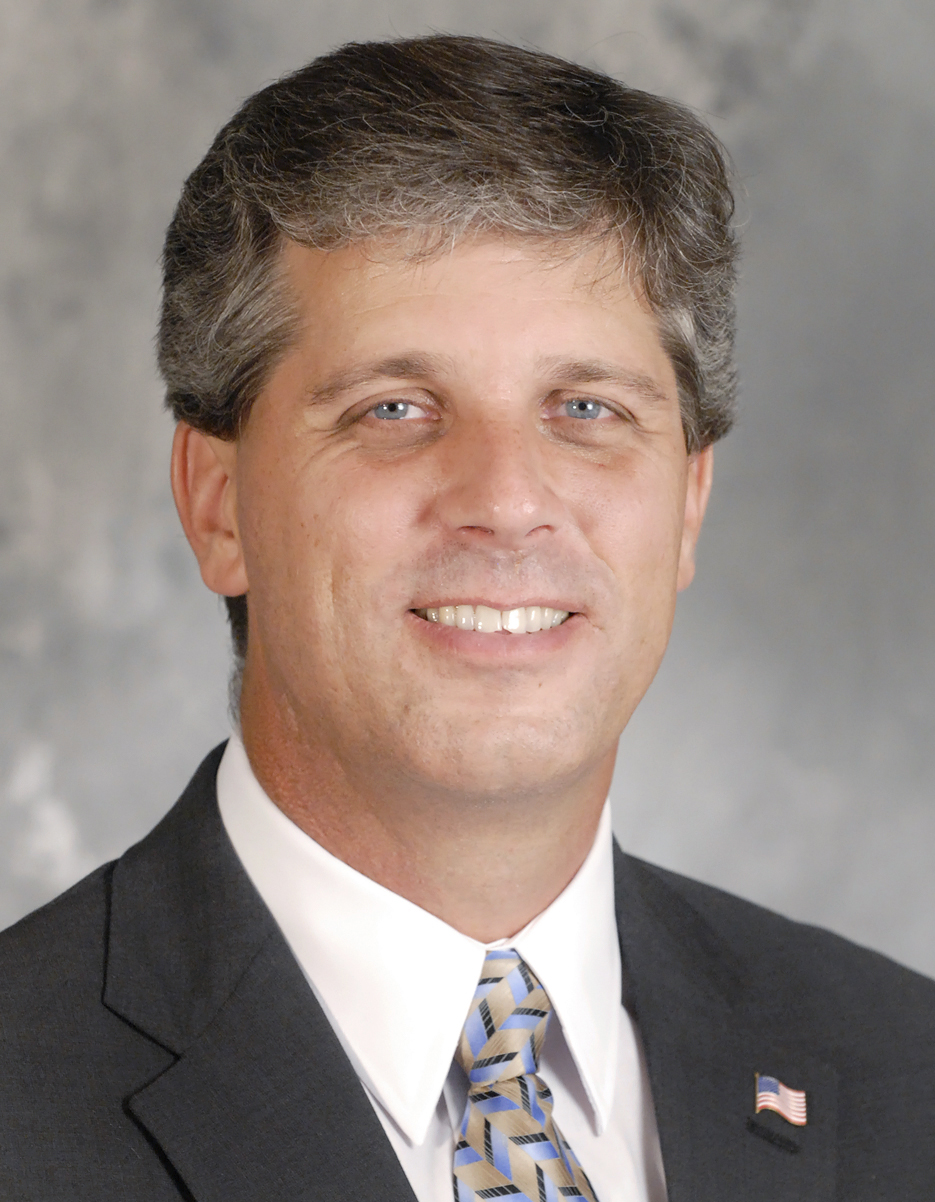New plan would use Legacy funds to reimburse counties instead of PILT
An entirely new funding system that proponents believe will help the state more fully meet its financial obligations when purchasing private land was given its first committee hearing Monday afternoon.
The House Legacy Funding Finance Committee heard testimony on HF1706, a bill that would create a trust fund account to reimburse Minnesota counties for tax revenue lost when the state uses money from the Outdoor Heritage Fund to buy land in their jurisdiction.
Under the proposed legislation – which is sponsored by Rep. Steve Drazkowski (R-Mazeppa) and was laid over for possible omnibus bill inclusion – when a parcel of land is purchased with this money, the county would receive a one-time payment equal to 30 times the property taxes assessed on that land the year before it was acquired.
A county receiving the money would be required to either deposit it into the trust fund or agree to have the State Board of Investment invest the money on its behalf. Each county would then be required to make an annual payment to its local taxing jurisdictions reimbursing them for the lost tax revenue on that land.
Drazkowski said the new system was necessary because the state continues to buy land without adequately funding the ongoing upkeep of that property. Drazkowski cited a 2010 report from the legislative auditor that said the Department of Natural Resources “appears to lack adequate resources to manage and maintain its current land holdings.”
“We want to make certain that these parcels carry with them the required monies for the local jurisdictions, the local units of government, to properly care for that land over time,” Drazkowski said.
For and against
The state currently relies on the Payment in Lieu of Property Taxes program to reimburse local governments for lost tax revenue. But critics say this system is inconsistent and imprecise, paying some counties too much and others not enough. HF1706 would not replace PILT, however lands that receive a payment from the new fund would not be eligible to receive PILT as well.
Several questions about the bill were raised during the hearing. A number of committee members wondered how much the new plan would cost.
Kent Sulem, Minnesota Association of Townships government relations director, said the answer would depend on how much money is appropriated from the Outdoor Heritage Fund for land acquisition in a given year. Sulem’s organization strongly supports the plan because it offers a “consistency and certainty” with payments he believes is lacking in PILT.
Kirk Schnitker, a St. Paul attorney who specializes in eminent domain law, spoke in opposition to the bill. He raised a concern shared by several testifiers who believe using Outdoor Heritage Fund money in this manner would not be constitutional.
The OHF is one of four funds created by the Clean Water, Land and Legacy Amendment approved by voters in 2008. It increased the state sales tax by three-eighths of 1 percent until 2034 to provide a dedicated revenue stream for Minnesota’s natural and cultural resources. That amendment contains language saying OHF money may be used “only to restore, protect, and enhance wetlands, prairies, forests, and habitats for fish, game and wildlife.”
Schnitker said a legal challenge to the new funding system could very well prevail because it was not consistent with the constitutional language.
The House Environment and Natural Resources Policy and Finance Committee heard a similar bill, HF1707, on March 18. It included the language in HF1706 but added a nearly identical program for state land acquisitions that use money from the state’s Environment and Natural Resources Trust Fund. The committee approved HF1707 on a 14-6 roll call vote and referred the bill to the House Taxes Committee.
The companion to HF1706, SF1654, is sponsored by Sen. Tom Saxhaug (DFL-Grand Rapids) and awaits action by the Senate Environment and Energy Committee.
Related Articles
Search Session Daily
Advanced Search OptionsPriority Dailies
Ways and Means Committee OKs proposed $512 million supplemental budget on party-line vote
By Mike Cook Meeting more needs or fiscal irresponsibility is one way to sum up the differences among the two parties on a supplemental spending package a year after a $72 billion state budg...
Meeting more needs or fiscal irresponsibility is one way to sum up the differences among the two parties on a supplemental spending package a year after a $72 billion state budg...
Minnesota’s projected budget surplus balloons to $3.7 billion, but fiscal pressure still looms
By Rob Hubbard Just as Minnesota has experienced a warmer winter than usual, so has the state’s budget outlook warmed over the past few months.
On Thursday, Minnesota Management and Budget...
Just as Minnesota has experienced a warmer winter than usual, so has the state’s budget outlook warmed over the past few months.
On Thursday, Minnesota Management and Budget...
